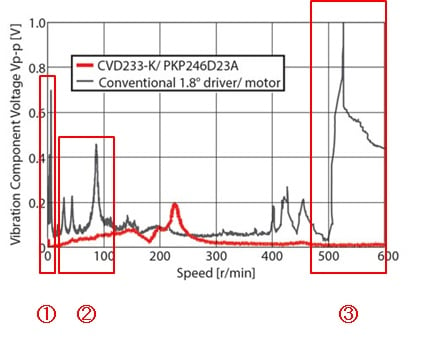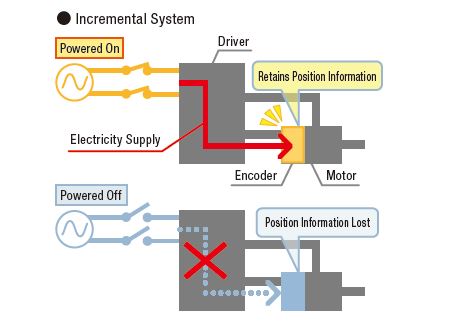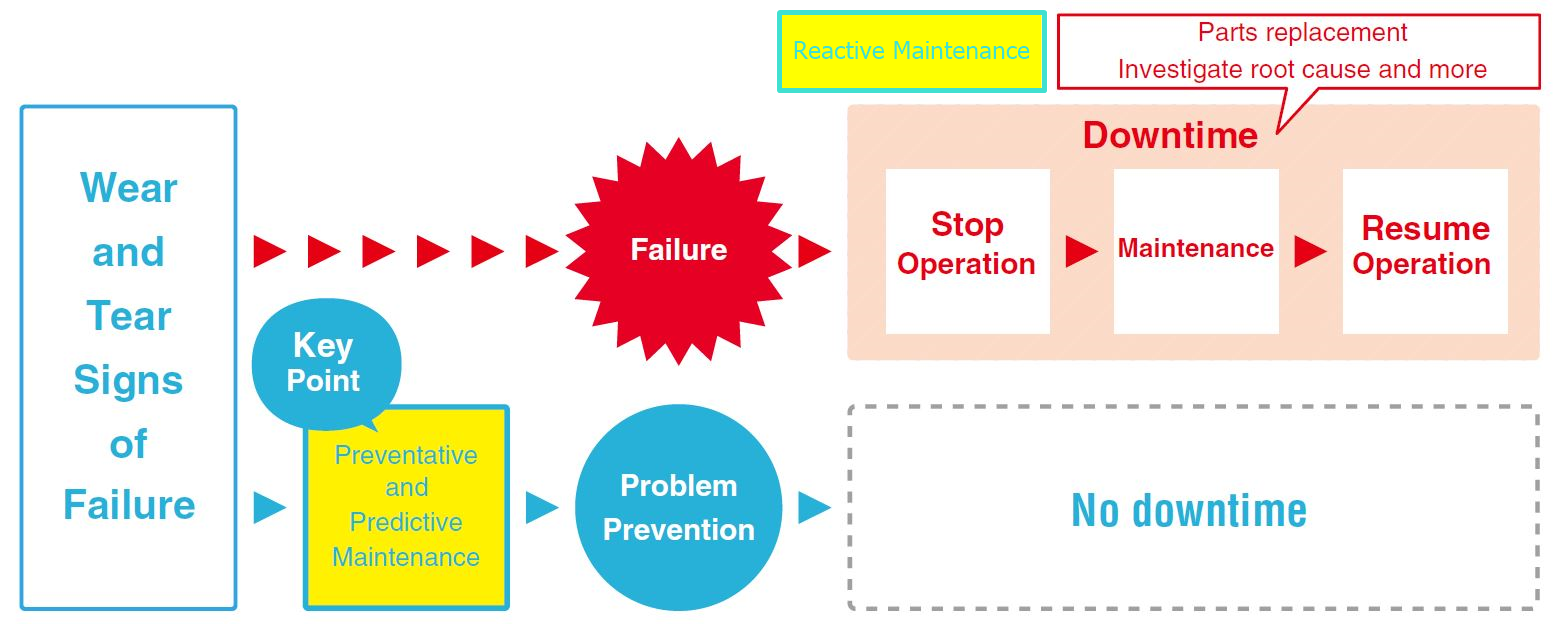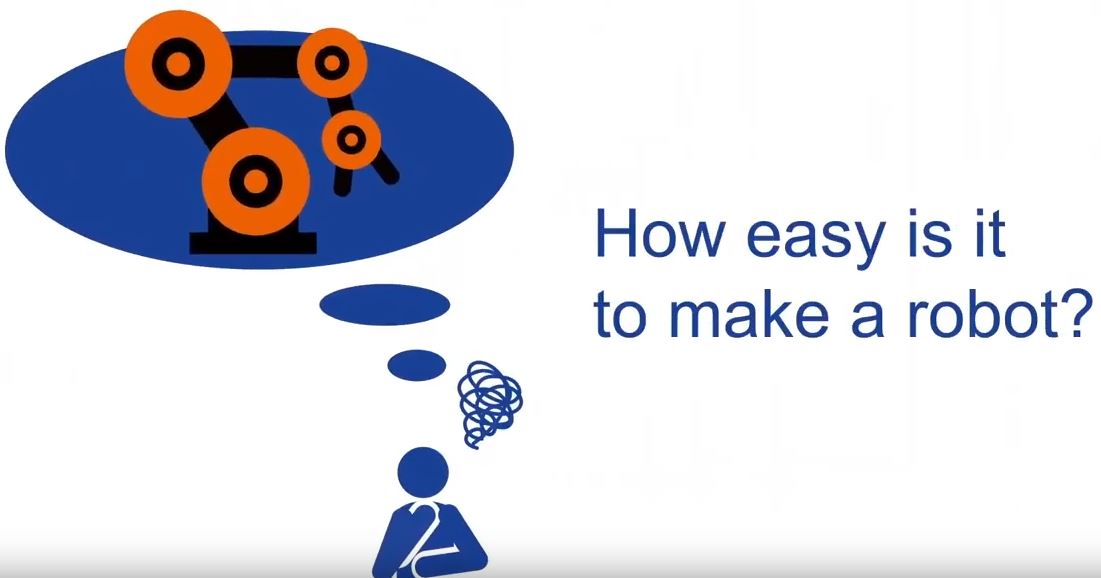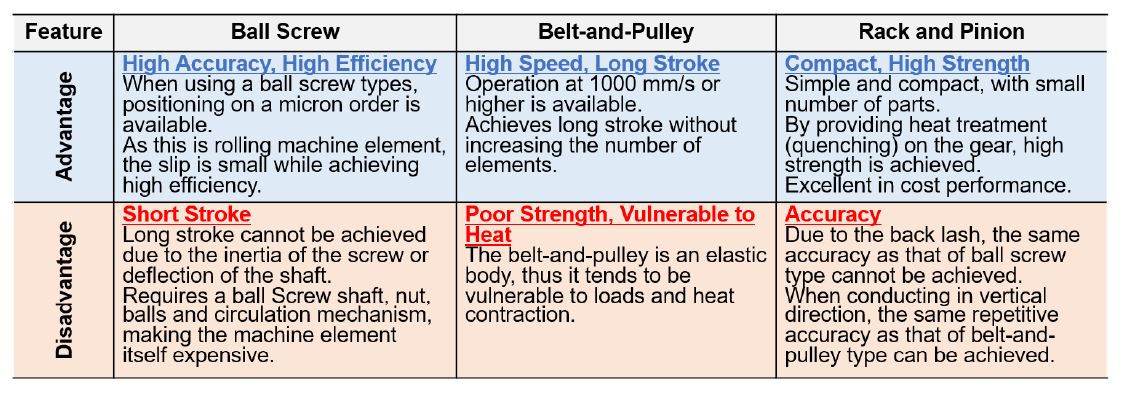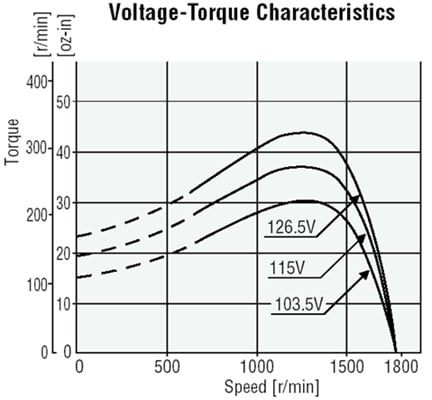AC motors have the same operating theory, but by changing its design a little, you can modify its characteristics to suit certain applications better. In the last post, I focused on AC induction motors for unidirectional applications. In this post, I will explain what makes AC reversible motors and AC electromagnetic brake motors ideal for start/stop, reversing, or vertical applications, and demonstrate how to operate them.
Welcome to Oriental Motor's "Engineering Notes" Blog:
Products and technology are only valuable when coupled with skilled people and services to support them. Since 1978, ORIENTAL MOTOR U.S.A. CORP. has been building a service and support system to better serve customers. It is our goal to provide the best product and service from the design phase, through the sale and beyond.
Our blog will feature:
- Introduction to new products and technologies
- Motion control basics and application examples
- Tips for motor selection, programming, and troubleshooting
Show & Tell: AC Reversible Motors and AC Electromagnetic Brake Motors
AC motors are simple to control, rugged, and cost effective for general purpose applications. These reasons are why they are the most popular type of electric motor across various industries. In this post, we will briefly introduce induction motors and demonstrate how to operate these motors.
Fan Basics: Air Flow, Static Pressure, and Impedance
Topics: VIDEOS, Cooling Fans, Motion Control Basics
Stepper motors vibrate. It's what they do. To minimize motor vibration, first we need to understand where they come from.
Topics: Stepper Motors, Smooth Drive, Motor Sizing, VIDEOS, Gearheads
The terms "absolute" and "incremental" come up frequently in the world of position control. The exact meaning can be the type of motion done by the motor in programming terms or the type of feedback device used with the motor. In this article, we will focus on the differences between an incremental closed-loop feedback system and an absolute closed-loop feedback system.
Topics: Stepper Motors, Absolute Positioning, Alphastep Hybrid Control, Linear Actuators, VIDEOS
The word, "AlphaStep", describes Oriental Motor's patented Hybrid Control technology, which offers improved stepper motor performance by sensing the rotor position and automatically switching between open-loop and closed-loop operation when necessary. This post explains the unique technologies offered within the AlphaStep family of products and summarizes the numerous integrated options available. It also can serve as a website navigation guide (video added).
Topics: Stepper Motors, Absolute Positioning, Alphastep Hybrid Control, Linear Actuators, VIDEOS, Gearheads, Software, Network
Reactive vs Preventive vs Predictive Maintenance: Why Predictive Maintenance is Better
Along with the advancement of industrial technology, maintenance methods of motion control components of a machine, such as motors, drives, and sensors, have also evolved.
Most of us still use the traditional "reactive" maintenancemethod in many aspects of life, such as replacing a dishwasher in your kitchen. People don't buy a dishwasher until theirs doesn't work anymore. Well, for factories that rely on consistent uptime for production, this wasn't the best strategy. Realizing the need for improvement, maintenance personnel started to estimate life and replace motion control components before they failed. This is called the "preventive" maintenancemethod, which also wasn't a perfect strategy for cost. More recently, with the advancement of IIoT (Industrial Internet of Things) technologies and real-time availability of status data, another method was made possible - the "predictive" maintenance method.
Topics: Stepper Motors, Linear Actuators, VIDEOS, Network, Application Examples
Robot adoption is increasing in many industries due to global efforts in reducing long term costs, maintaining quality, and freeing up time for humans to do "human" tasks. For example, by using a robot to clean floors or restock shelves in a supermarket, human employees can spend more time helping or selling to their customers. A company can either tap into this robotic trend by buying ready-made robots, or by making their own with less cost.
If engineering resources are limited, selecting the right components can reduce the difficulty and time for building a robot.
Topics: Stepper Motors, Robotics, Absolute Positioning, Alphastep Hybrid Control, Linear Actuators, Motor Sizing, VIDEOS, Gearheads, Software, Application Examples
Benefits of an Absolute Rack and Pinion System Compared to Other Linear Motion Mechanisms
There are many mechanisms that convert rotary motion of an electric motor to linear motion, such as belt/chain drives, screw drives, rack & pinion drives and even CAM drives. Each mechanism offers advantages and disadvantages. Choosing the right technology can help increase load, speed, travel distance, or positioning accuracy.
Topics: Absolute Positioning, Alphastep Hybrid Control, Linear Actuators, VIDEOS, Vertical Lifts, Application Examples
Eliminate Motor Speed Fluctuations Caused By Input Voltage or Load Variance
An AC motor can be simple to use, but its speed changes according to the size of the load or amount of voltage supplied. For an application where keeping a uniform speed is important, there is another type of motor that can improve performance.
Topics: AC Motors, Speed Control, VIDEOS, BLDC Motors, Application Examples



